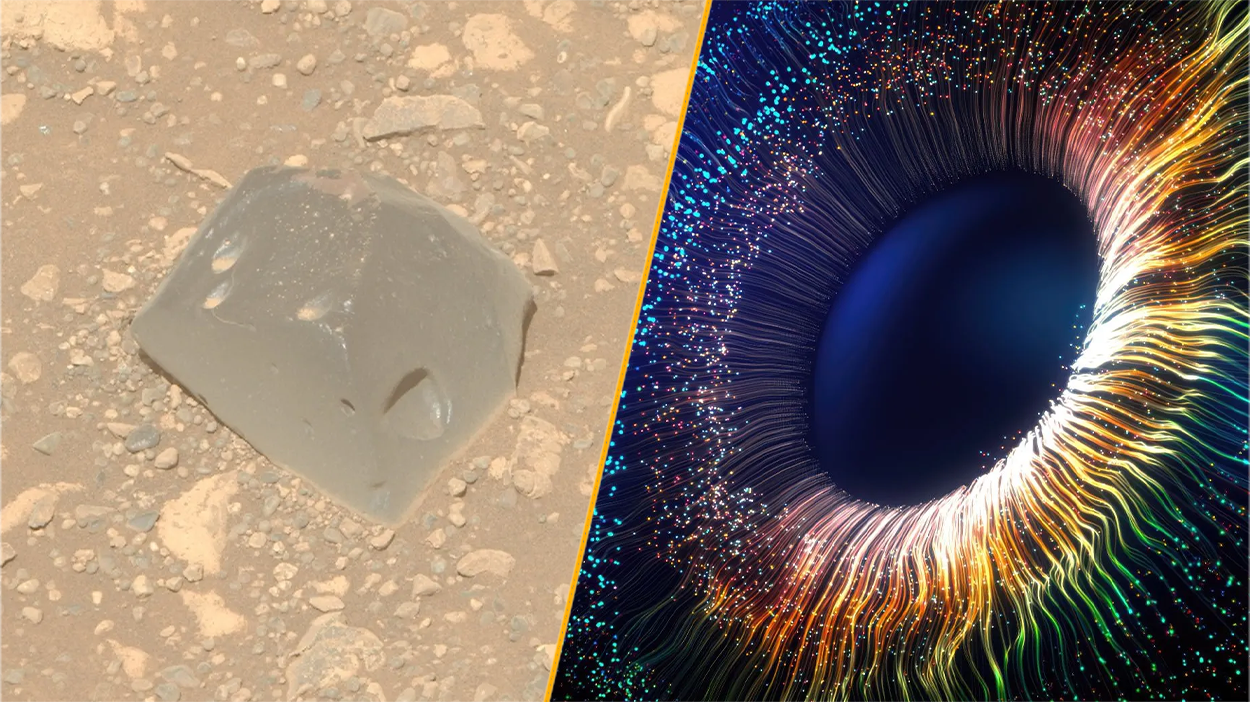Sept. 11 Anniversary: What the Attacks Taught Us About Science
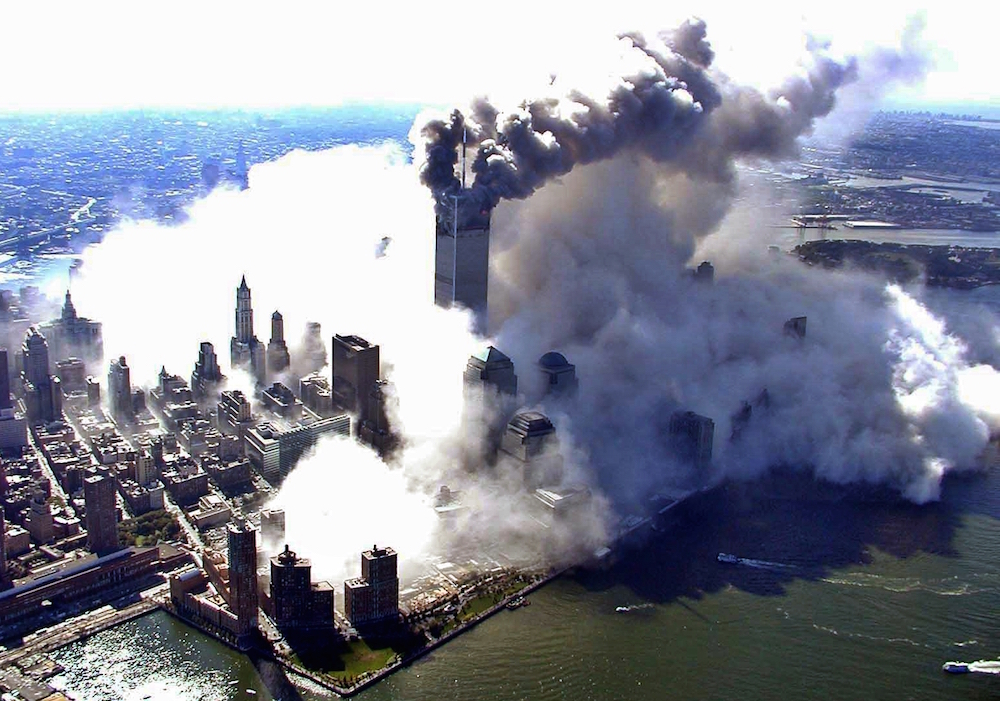
Through the years
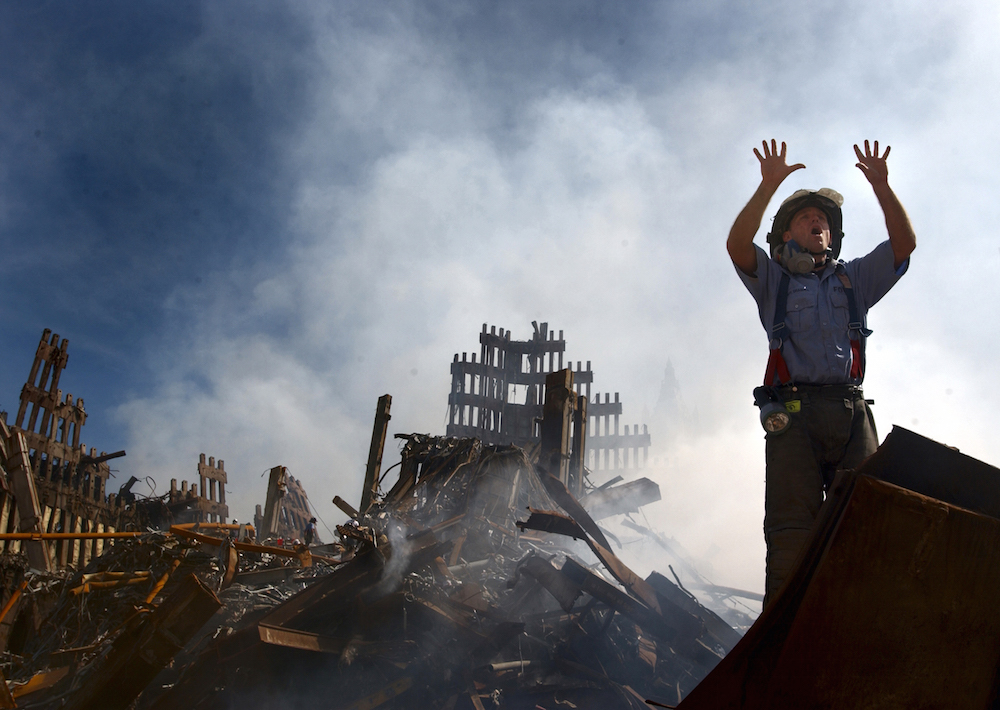
This year marks the 15th anniversary of the worst terrorist attack on U.S. soil. The Sept. 11, 2001, attacks killed nearly 3,000 people, led to two wars, and set in motion vast homeland security and surveillance programs that remain in place now.
Today, scientists are still learning from the attacks. From the health impact on first responders to novel forensic techniques, here are some of the scientific insights gleaned in the years since the horrific attacks. [10 Ways the 9/11 Terrorist Attacks Rocked America]
Dust-plume science
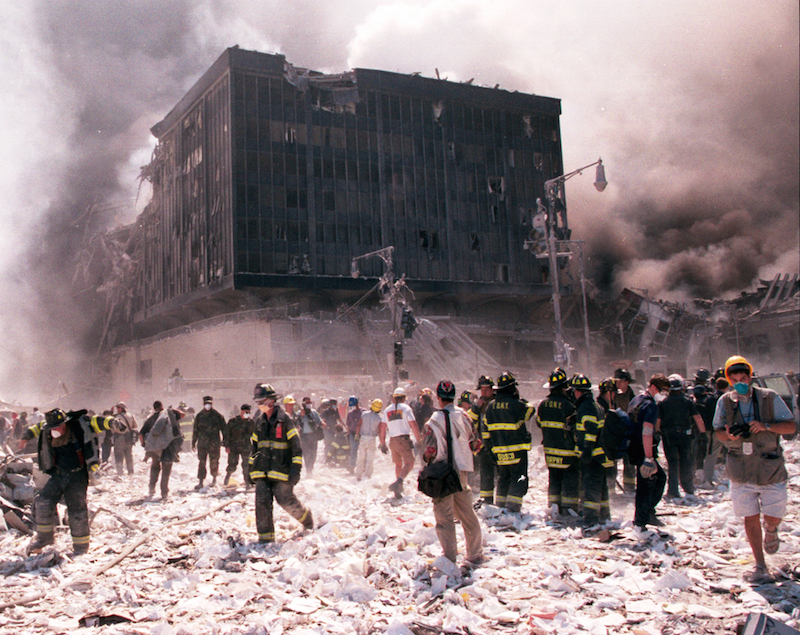
When the World Trade Center (WTC) collapsed, it released more than 1 million lbs. (more than 450,000 kilograms) of dust consisting of gypsum, asbestos, vaporized electronics, synthetic rug materials, human hair, paper and a mystery stew of other toxic materials, according to "Dust: The Inside Story of Its Role in the September 11th Aftermath" (Rowman & Littlefield Publishers, 2011). And the smoldering site released volatile organic compounds for months after the collapse, the book said. The plume reached all the way to Brooklyn, according to the Environmental Protection Agency.
Fifteen years later, researchers have an unprecedented picture of how that dust affected people near the site. Three times as many first responders and people who arrived early to the WTC site experienced asthma compared to those in the general population, while up to 42 percent of those early arrivals to the site had permanently reduced lung function, according to the Office of the Commissioner of the New York City Department of Health and Mental Hygiene. Many police, firefighters and cleanup workers continue to suffer from acid reflux, chronic sinusitis and complete loss of smell.
Scientists have now determined at least one explanation for these health problems: The dust cloud consisted mostly of pulverized concrete, which has a high pH. The dust burned the mucous membranes of the respiratory tract.
"That means it's extremely caustic and would be like inhaling powdered lye or Drano," Dr. Philip Landrigan, dean for global health at the Mount Sinai School of Medicine in New York, told ABC News.
Scientists have also gleaned clues that predict who was likeliest to have asthma or other lung problems. For instance, a study this month in the American Journal of Industrial Medicine found that workers who went on to have abnormal lung function also had higher levels of inflammatory chemicals called cytokines in the first six months postexposure.
Wide circle of trauma
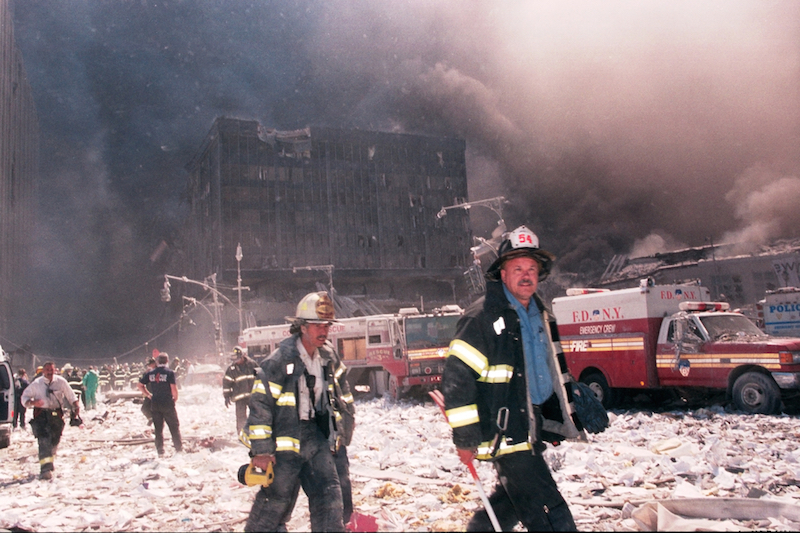
The Sept. 11 terror attacks on New York City revealed that the effects of trauma could be long-lasting and occur in huge swaths of people, according to a 2014 study published in the Journal of Traumatic Stress.
The study looked at health outcomes for 30,000 people people who lived, worked or attended school in the World Trade Center area of downtown New York City at the time of the disaster, or who participated in rescue and recovery efforts afterward.
More than a decade after the attacks, 5,896 people screened positive for either depression or post-traumatic stress disorder (PTSD) — a condition characterized by flashbacks, severe anxiety and recurring, uncontrollable thoughts about the event that triggered the initial trauma. Of those people, 2,985 screened positive for both depression and PTSD.
But only a fraction of all the people who were directly exposed to the 9/11 attacks enrolled in the registry. This means the actual number of people suffering from PTSD and depression is potentially much higher, said another study, published April 29 in the Journal of Traumatic Stress.
An estimated 319,000 people in the area were directly exposed to the 9/11 disaster, meaning that 25,000 people could be suffering from chronic PTSD, which could negatively affect quality of life, the researchers found.
Generational impacts
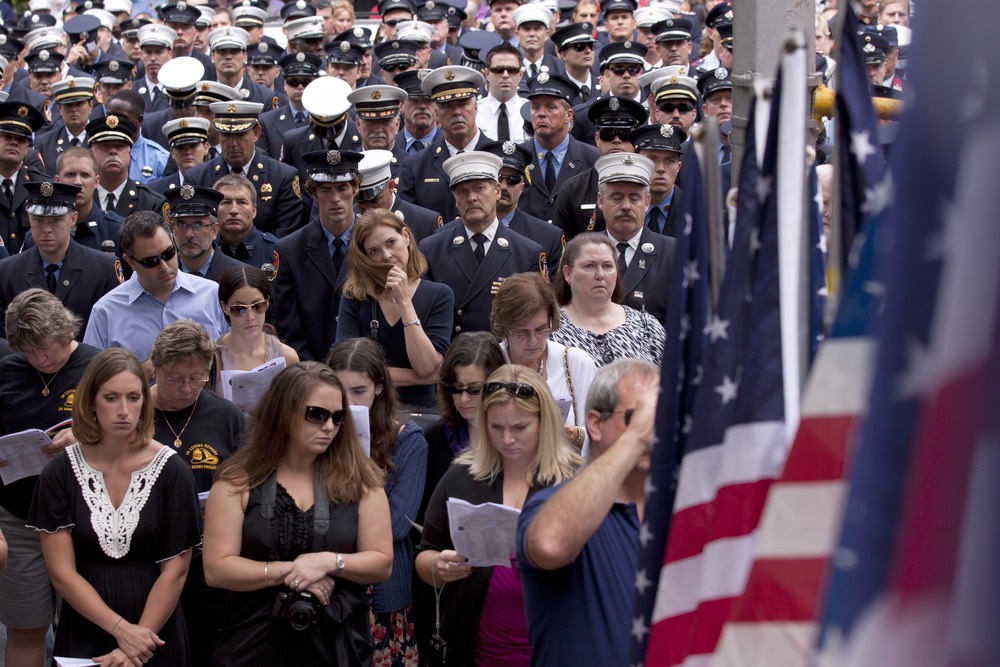
The tragedy of 9/11 also revealed the generational impacts of trauma.
For instance, a 2003 study in the journal JAMAfound that the toxic air plume emitted by the WTC collapse likely caused pregnant women who directly experienced the attacks to have small babies. Researchers examined 178 pregnant women who breathed in harmful particles emitted from the WTC site, and compared those mothers' newborns to the children of more than 2,300 women who gave birth in New York City at the same time, but did not go near Ground Zero.
Exposure to air pollution is associated with small baby size, and the pregnant women who had exposure to the 9/11 plume were no exception. After controlling for gestational age, researchers found that these women gave birth to smaller babies than the control group did, the study said.
What's more, a 2005 study by the same research group showed that 38 pregnant women who had PTSD after personally experiencing 9/11 had babies with lower than normal levels of cortisol, a stress hormone. The finding was especially strong in babies whose mothers were in the third trimester of pregnancy during the attack, the researchers found. These babies were also likelier to respond with more distress to new and unusual stimuli. Other research suggests that this trait increases the future risk of anxiety and depression.
Lower levels of cortisol are associated with an increased risk of PTSD. This suggests that these babies with lowered cortisol levels have a heightened risk of developing PTSD because of the trauma their mothers experienced, the 2005 study said. That research was published in the Journal of Clinical Endocrinology and Metabolism.
Conspiracy theories
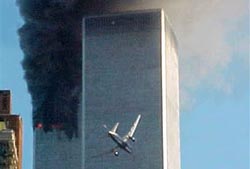
The 9/11 attacks are fertile ground for conspiracy theorists, with people arguing that the U.S. government engineered the attacks to justify the wars in Afghanistan and Iraq. One conspiracy theory states that the government caused the collapse of the Twin Towers by planting bombs in the buildings. [Understanding the 10 Most Destructive Human Behaviors]
These beliefs can be tenacious. For instance, despite evidence to disprove such 9/11 conspiracy theories, people still hold onto their beliefs. (As an example of such evidence, one investigation by the National Institute of Standards and Technology found that when one of the planes hit the North Tower, debris sliced through utility shafts, which created a conduit for burning jet fuel, according to Popular Mechanics.)
Indeed, presenting conspiracy theorists with facts that disprove their ideas does little to change these believers' minds, as these facts can be dismissed as "part of the cover-up."
One common explanation for conspiracy theories is that these ideas help believers feel in control when bad things happen. People desire this sense of control because they simply can't accept that sometimes bad things happen randomly, the explanation goes.
But a 2015 study in the journal Social Psychology and Personality Science suggested this idea was wrong, finding that people who believed in conspiracy theories could in fact accept that random events can occur. That suggested that more complicated aspects of personality, ideology and worldview may shape the belief in these theories. For instance, those who believe in conspiracy theories are likelier to have anxiety and anomia, a general feeling of powerlessness and distrust.
And a 2012 study from the same journal found that conspiracy theorists will believe two theories that contradict each other. For example, people who believed that Osama bin Laden was dead before the American raid on his compound were also more likely to believe that he was still alive, according to the study.
The ability to hold these two contradictory beliefs may stem from the core belief that authorities are engaged in massive deceptions to further "malevolent goals," and this core belief is so strong that it can lead conspiracy theorists to support contradictory claims, the researchers wrote.
Forensic techniques
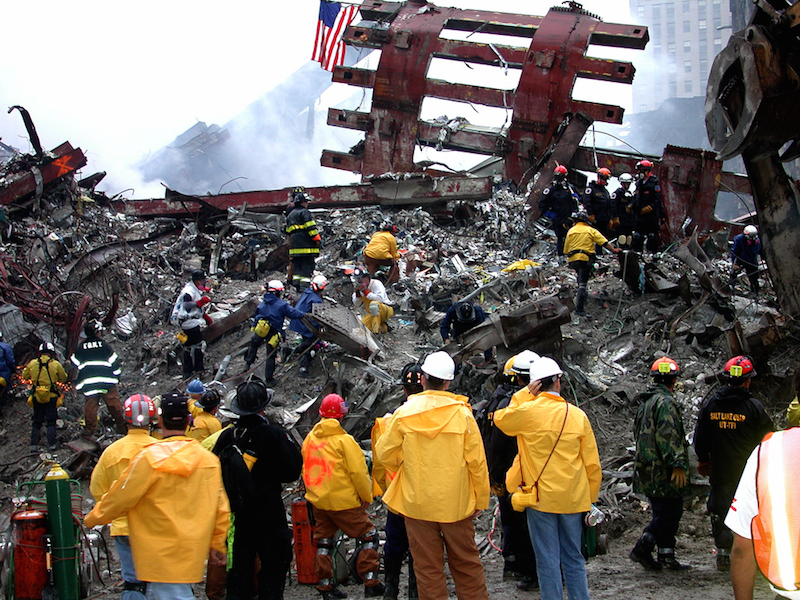
The number of casualties following the 9/11 attacks was unprecedented for a terrorist attack, but it propelled scientists to develop new forensic techniques for effective and rapid victim identification.
At the time of the attacks, the United States didn't have the infrastructure in place for identifying victims of mass disasters. Most modern domestic disasters, such as plane crashes, result in fewer than 500 casualties. In contrast, nearly 3,000 peopled died on 9/11.
There were other challenges too, said Leslie Biesecker, the chief of the Medical Genomics and Metabolic Genetics Branch at the National Institutes of Health in Bethesda, Maryland, and the lead author of a 2005 report on 9/11 victim identification in the journal Science.
For instance, scientists weren't initially sure how many people had died in the attack, making it difficult to figure out who was missing and needed to be identified. In addition, the intense heat from the jet fuel, as well as the high crush-forces from the building collapses, destroyed people's remains and degraded their DNA, leaving experts with only "small tissue fragments" and incomplete DNA profiles, Biesecker said.
So experts merged incomplete DNA profiles to make valid identifications, he said.
"We also reviewed and vetted technical approaches to generate better marker-profiles from very small amounts of DNA," Biesecker said. "There were many lessons learned, and some of these are now part of standard forensic practice."
Childhood traumatic grief
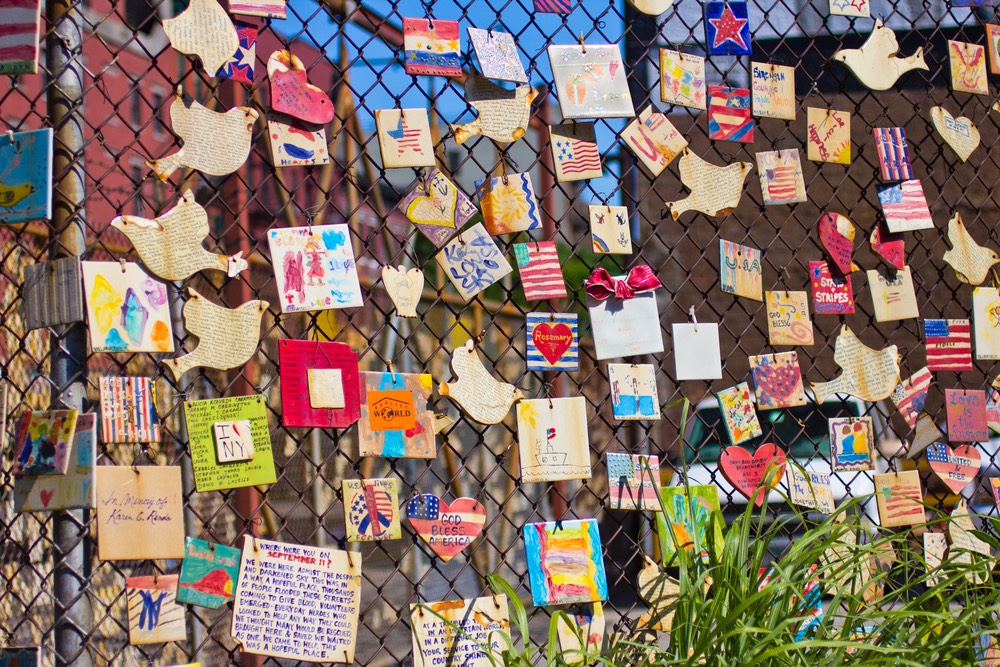
The tragic events of Sept. 11, 2001 helped lead to a better understanding of a condition called childhood traumatic grief, in which children who have lost a parent or loved one under traumatic or unexpected circumstances develop symptoms of post traumatic stress disorder that can interfere with the normal grieving process. These children may have frightening thoughts about their loved one's death, and may avoid thinking or talking about the person who died, according to the National Child Traumatic Stress Network. It's estimated that more than 10,000 children lost a parent or someone close to them as a result of the terrorist attacks, according to a 2004 paper in the Harvard Review of Psychiatry.
Following 9/11, there was a major increase in attention and funding given to the study of traumatic grief, said Elissa Brown, a professor of psychology at St. John's University in New York, who has studied childhood traumatic grief.
As a result, researchers were able to collect important data that helped them better understand what traumatic grief is, who is most susceptible to it, and how the condition differs in children and adults, Brown said.
"For years, I think we didn’t understand that there were differences between children and adults," who have traumatic grief, Brown said. Researchers now understand that children are more likely than adults to experience separation anxiety, or a fear of leaving the person who takes care of them out of worry that something will happen to the person, Brown said.
Researchers were also able to conduct rigorous studies on the best treatments for childhood traumatic grief after 9/11. A 2004 study by Brown and colleagues found that parents and children who were experiencing traumatic grief did significantly better with a type of therapy called trauma-focused cognitive behavioral therapy (TF-CBT), compared to another more general treatment called supportive therapy.
At that time, most bereaved children were receiving supportive therapy, but over the last decade, there has been a wider dissemination of CBT, "so more kids are getting access to better services," Brown said.
Original article on Live Science
Sign up for the Live Science daily newsletter now
Get the world’s most fascinating discoveries delivered straight to your inbox.
Why is yawning contagious?
Scientific consensus shows race is a human invention, not biological reality











